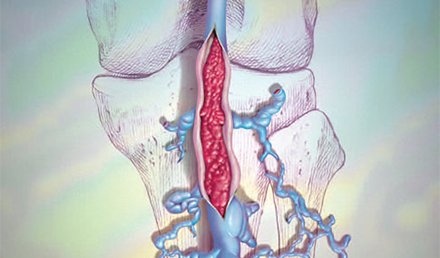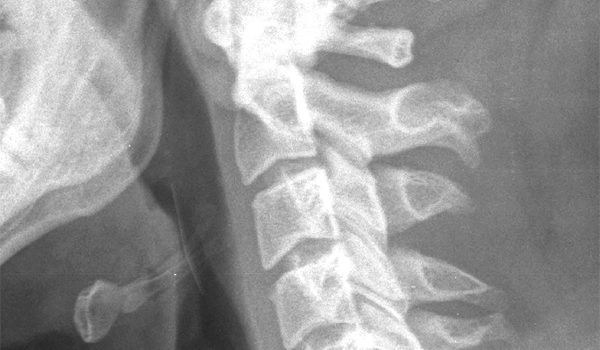I to choose a direction of flow that least the “path of least resistance” is a physical property that represents an object’s tendency impedes its forward momentum. No other healthcare entity has better captured this principle than urgent care. In traditional health systems, patient flow is infamously disrupted by obstacle some regulated, some self-imposed, some unavoidable. These “flow disrupters” are the very reason urgent care exists. Consider this: Nothing we offer in urgent care is …
Read More
January 2013

Management of Venous Thromboembolism in Urgent Care
Urgent message: Clinical evaluation that includes pretest probability tools and judicious use of diagnostic tests is a requirement for patients who present in the urgent care setting with symptoms suggestive of VTE. MELVIN LEE, MD, CCFP, RMC Early diagnosis of venous thromboembolism (VTE) is important to prevent the morbidity and mortality associated with it.Introduction VTE is subdivided into pulmonary embolism and deep venous thrombosis (DVT). DVT is most common in lower extremities. Those involving …
Read More
Understanding the Landscape of Occupational Medicine
Urgent message: Expanding into occupational medicine requires a long-term commitment and willingness to respond to employer and employee needs. ALAN A. AYERS, MBA, MAcc, Experity Urgent care providers have conventionally defined their offering as “treatment of acutely rising episodic medical conditions.” However, widespread acceptance of the urgent care business model-retail-facing locations, extended hours, and walk-in service—has led many urgent care centers to expand into longitudinal primary care as well as occupational medicine. Specifically, when people …
Read More
Stevens-Johnson Syndrome
Urgent message: Early diagnosis is crucial in patients with this rare – but potentially fatal—condition. RACHEL CETTA, BSBE, MSBE, and JOHN SHUFELDT, MD, FACEP Overview Stevens-Johnson Syndrome (SJS) is a rare and potentially life-threatening condition. While the exact etiology is unclear, SJS often is associated with an adverse drug reaction to an assortment of drugs ranging from nonsteroidal anti-inflammatory drugs (NSAIDs) to anticonvulsants.1 SJS involves blistering and sloughing off of necrosed skin, leaving a burn-like …
Read MoreClinical Challenge 2: December 2012
The patient, a 76-year-old woman, presented with a blow to her right wrist. View the image taken (Figure 1) and consider what your diagnosis would be. Resolution of the case is described on the next page.
Read MoreTricks of the Trade: Making Eustachian Tube Physiotherapy Fun For Kids
Tricks of the Trade Making Eustachian Tube Physiotherapy Fun For Kids Author: Ali Ahmadizadeh, MD Author Information: Ali Ahmadizadeh is a Fellow at New York Head and Neck Institute, New York, NY. Eustachian tube dysfunction/obstruction is common and in most cases, a developmental presentation in the pediatric population. In the urgent care setting, it commonly presents as an earache and patients may think they have an ear infection. Eustachian tube dysfunction/obstruction often is associated with …
Read More
30-year-old male with a complaint of feeling something stuck in his throat
The patient, a 30-year-old male, presented with a complaint of feeling something stuck in his throat. View the image taken (Figure 1) and consider what your diagnosis would be.
Read MoreDeveloping Data: December, 2012
Developing Data These data from the 2010 Urgent Care Benchmarking Survey are based on responses of 1,691 US urgent care centers; 32% were UCAOA members. The survey was limited to “full-fledged urgent care centers” accepting walk-ins during all hours of operation; having a licensed provider and x-ray and lab equipment onsite; the ability to administer IV fluids and perform minor procedures; and having minimal business hours of seven days per week, four hours per day. …
Read MoreBilling for Medications, Supplies, and X-rays
DAVID STERN, MD (Practice Velocity) Q. What is the CPT code for Tetracaine Ophthalmic used in an urgent care setting? A. If you are referring to the drops used as part of the treatment in the office, then you should not charge separately for them. They are part of the E/M service. If you are providing a bottle of the solution for a patient to use at home, there are a few practical issues to …
Read More